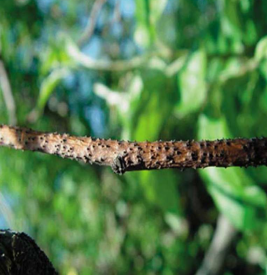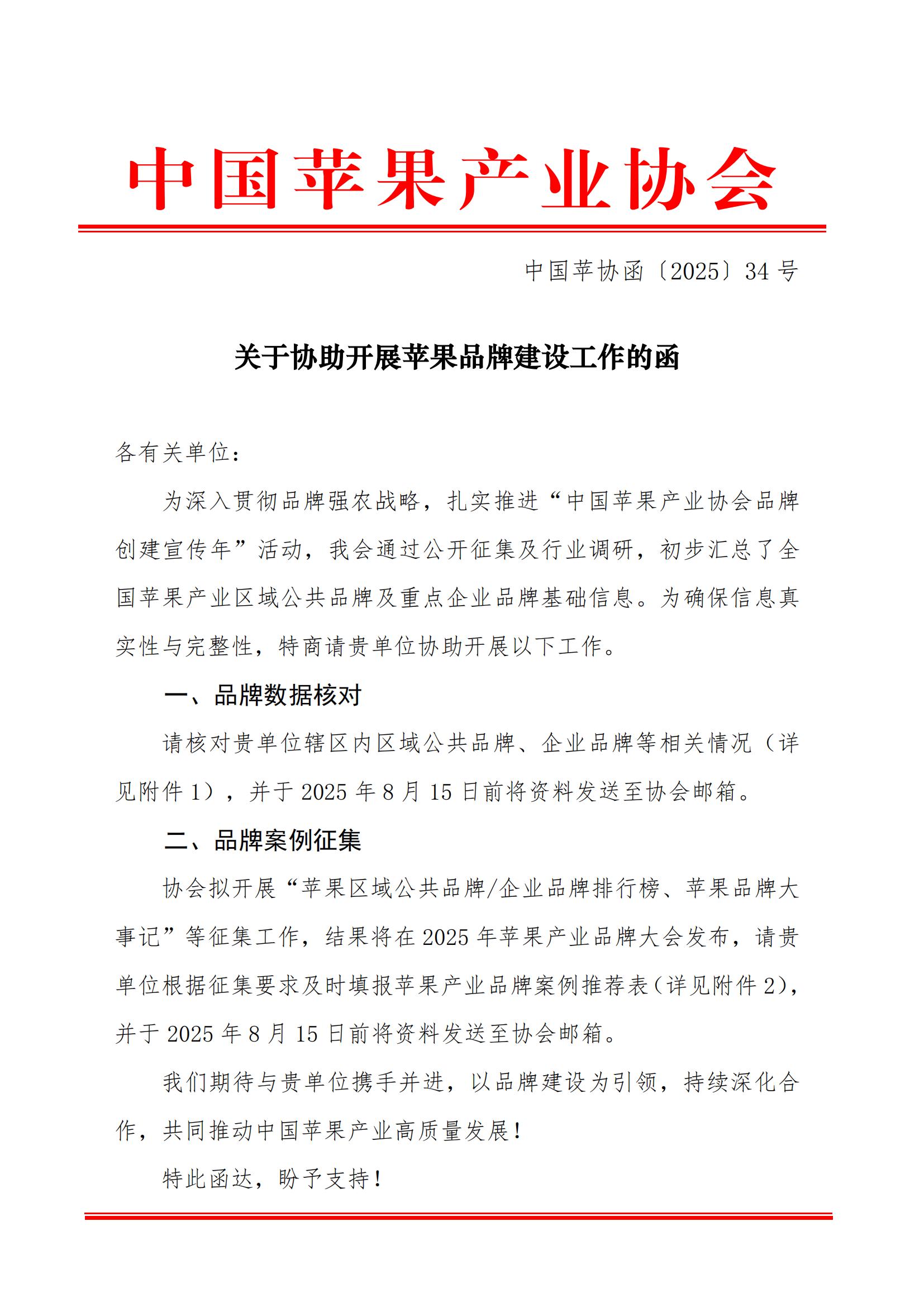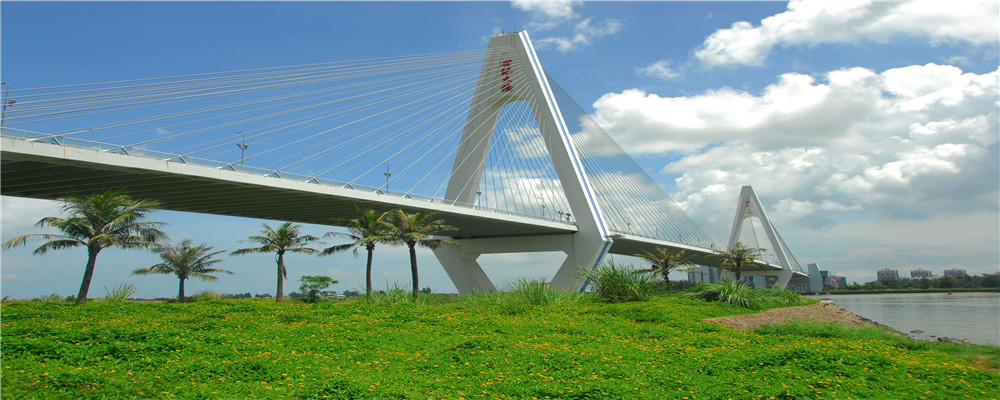Comprehensive prevention and control technology of apple tree rot
发布日期:2020-08-25 点击次数:334
Apple tree rot disease, commonly known as rot disease or stinky skin disease, is an important disease of apple tree branch. The incidence of mildly damaged orchards is 5%-30%, the incidence of adult orchards is more than 50%, and the incidence of recurring orchards is more than 65%. Recurring orchard disease will lead to ruined orchard appearance, decline in yield and quality, and ultimately destroy the orchard. Fruit growers often say that apple tree rot is a cancer of fruit trees, indicating that it is difficult to prevent and control. Farmers should pay great attention to prevent early prevention of small diseases.
Symptoms of apple rot
1. Ulcer type. The ulcer type appears as reddish brown, water-stained, slightly raised, round or oblong lesions on the bark of the trunk and branches.

2. Dead branch type. Dead branch rot disease usually appears on 2-3 year old branches, with unclear edges, no bulge, no water stains, dehydration and dryness, dry bark, dense small black spots. The edges of the lesions are irregular, usually 2-3 cm to tens of cm in size, rotten, and dry.

The incidence characteristics of apple tree rot
1. There are two peak incidences of rot disease. Respectively, the peaks in spring (March-April) and peaks in autumn (July-September) can be infected from March to November.
2. Can be latent for a long time. Rotting pathogens have long-term latency in the tree.
3. The spread of rotting germs. Rotting germs spread with wind and rain, and with pruning tools.
4. Infection from the wound. Rot disease is easy to infect from wounds, cuts and saw cuts.
Comprehensive prevention and treatment of rot
1. Strengthen comprehensive management and enhance tree momentum. Comprehensive prevention and control are carried out based on strong trees as the basis for disease prevention and the elimination of pathogenic bacteria as a guarantee. First of all, pay attention to applying organic fertilizers in autumn, adding phosphorus and potassium fertilizers, trace fertilizers and a variety of nutrients to improve soil fertility and promote root development. Secondly, strengthen leaf and root preservation measures, timely control a variety of diseases, insect pests, and freezing damage; third, expand the cultivation of virus-free and disease-resistant varieties, determine reasonable cultivation density, reasonable tree shape, and conduct reasonable pruning to ensure ventilation and light transmission; fourth, reasonable load, Prevent the tree from weakening and promote the healthy growth of the tree.
2. Remove germs in time. After harvest, clean the garden in time, sweep the fallen leaves, remove the dead branches, diseased and insect branches in the garden, scrape off the rough and old peeled bark, timely clean up the rotten diseased bark and disease scraps scraped from the diseased branches of the diseased tree and destroy them in a centralized manner. Reduce the number of pathogenic bacteria and lay a solid foundation for the prevention and control of rot diseases.
3. Achieve regular inspection and timely treatment. Rotting diseases should be checked regularly and treated as soon as they are found. If the lesion is found, it should be scraped off, and the medicine should be applied in time, and the wound should be reviewed and treated.
4. Bridging. When the scars of rot disease are large, it will directly affect the transportation of nutrients. In order to prevent the tree from weakening, the tree must be bridged to make up for the lack of nutrient transportation and protect the tree.





